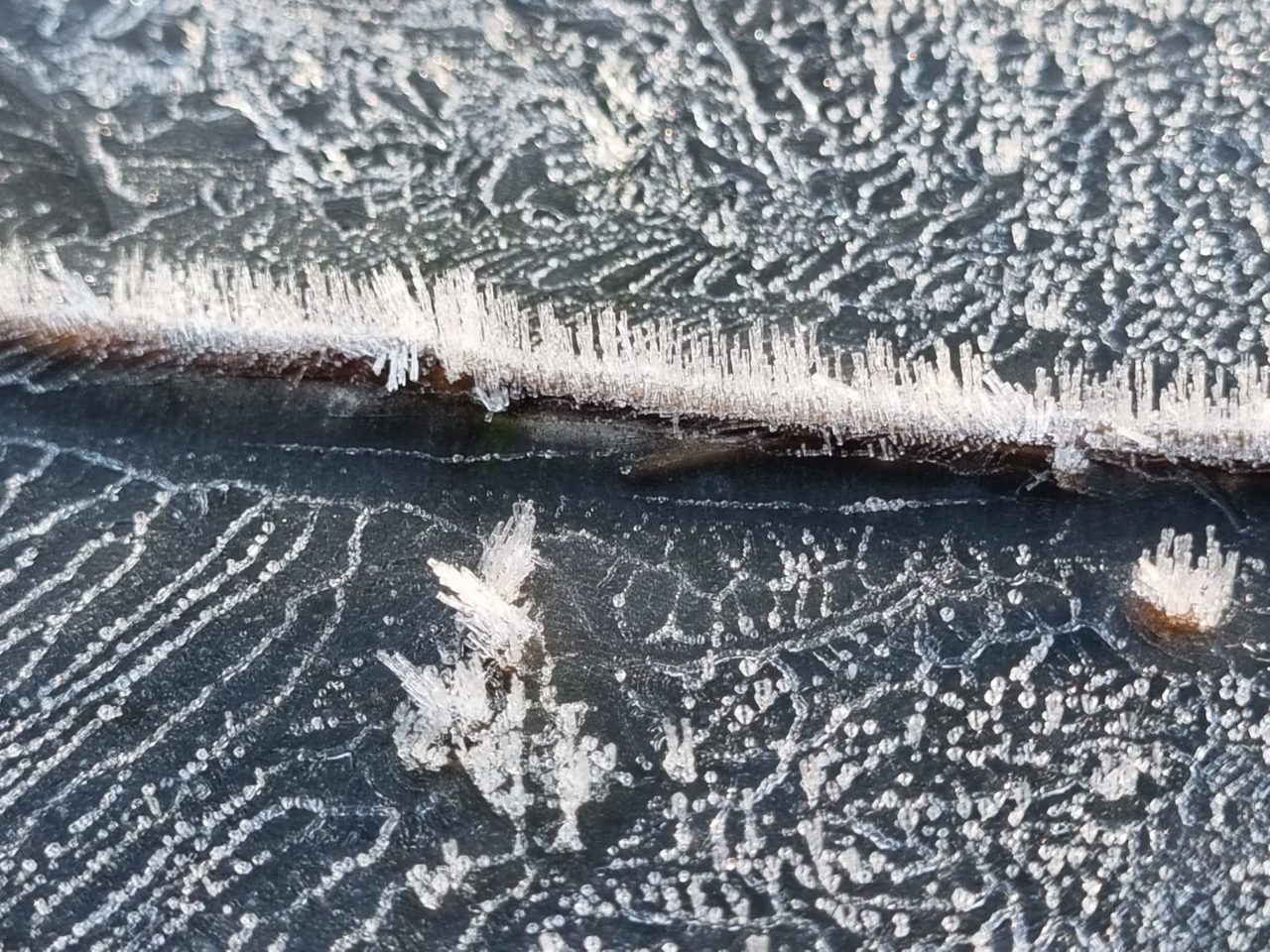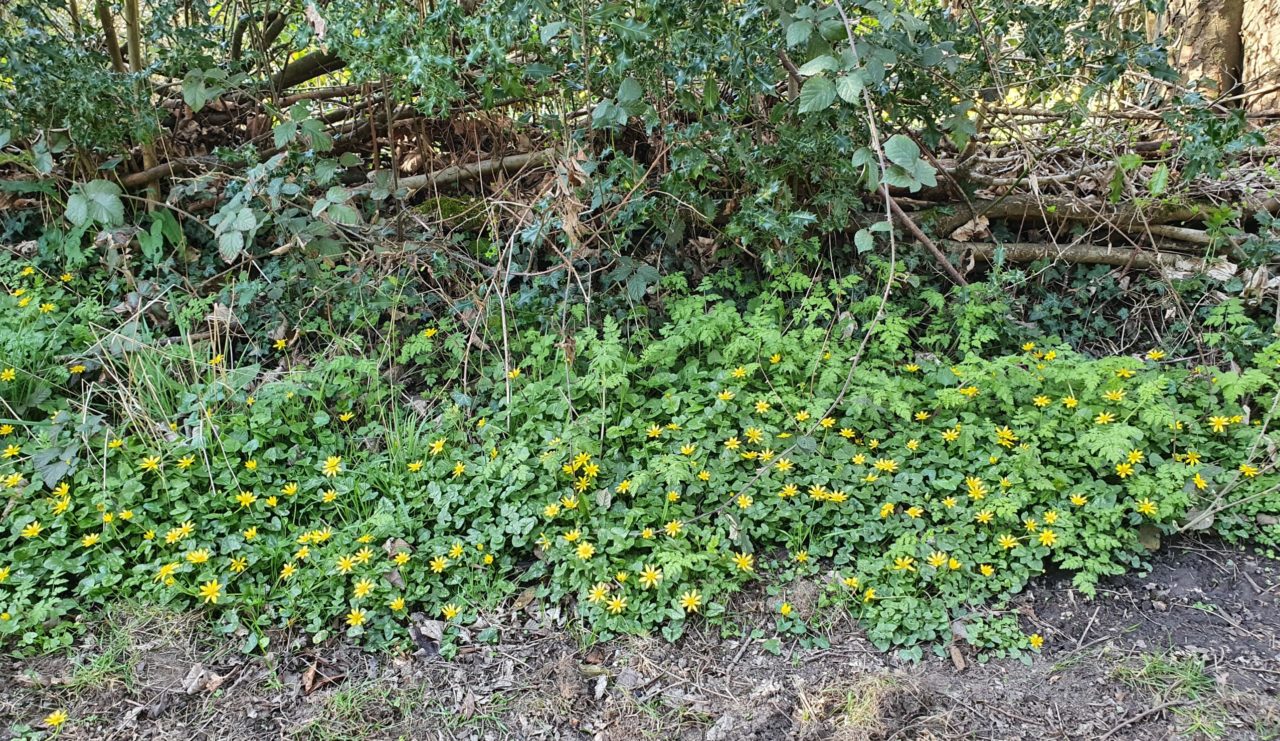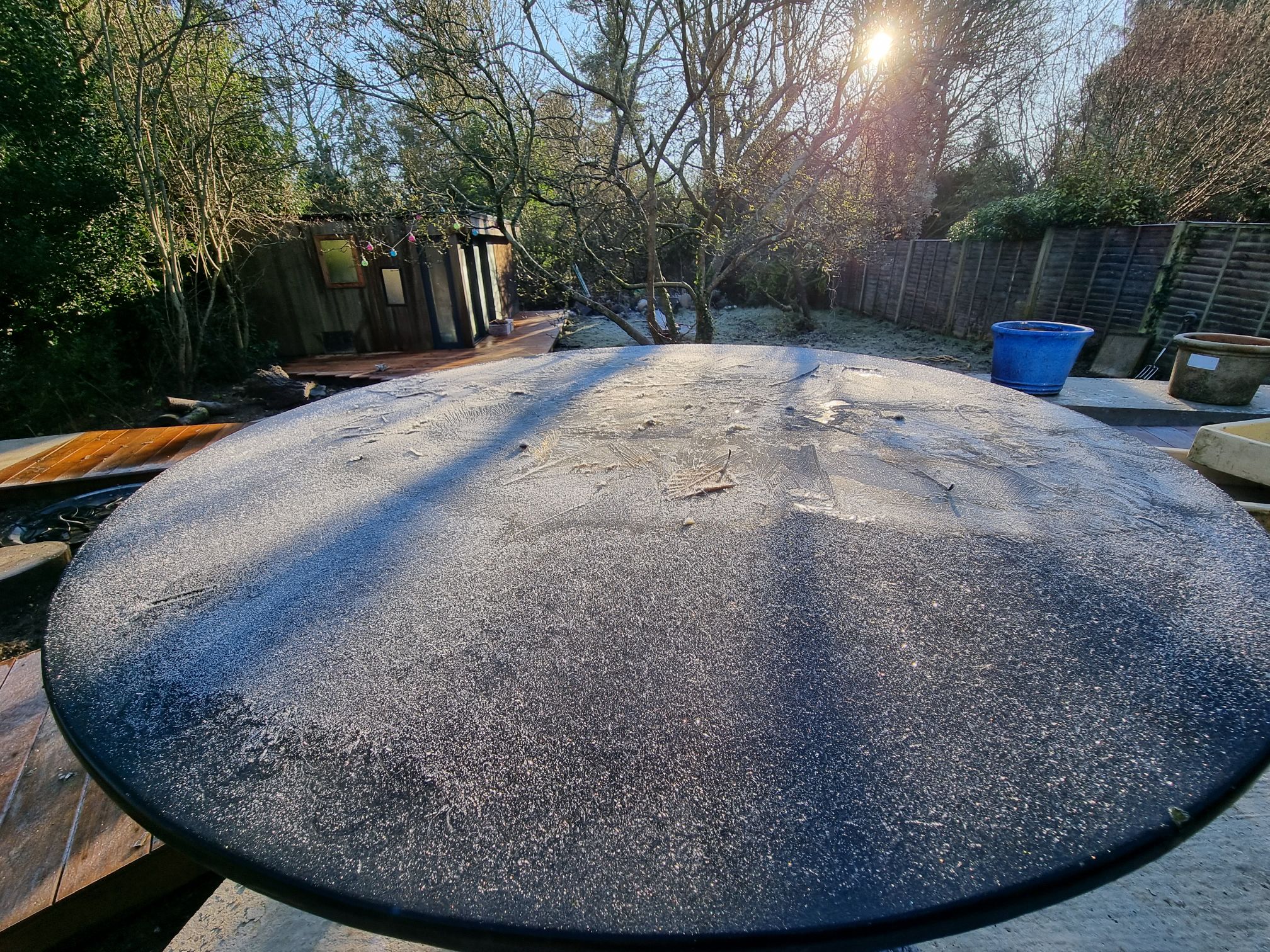by Juliet Robson
The question I have been mulling over is where to start, how to frame an ongoing blog that wants to talk about many connected and overlapping things. A moveable feast, lines of enquiry, that is nuanced by the shifting natural phenomena within the boundaries of the parish that I live.
Having been taking photographs, videos and sound recordings of the flora and fauna from the corner of Chiltern Road and Wyfold Lane up to The Unicorn Pub Junction, and then up Colmore Lane towards Burnt Plat when it is not too muddy for my chair, I realise that within the parish there is inspiration and material enough for a lifetime of research, reflection, writing and art works.
During lockdown, when I first started recording, what I noticed was I had worried that my small patch would not hold my attention or give me the assuagement from shielding at home. Instead, it gave me more. More solace, more food for thought and the awareness of the breadth of biodiversity on my doorstep.
I have always loved living here and have done since 1991. When I have had periods of living away for work or study, I have missed the light, the sounds, the colours, the smells and the weather. On my visits back, I have mourned not having been here for the many ‘firsts’ that happen in nature within the cycle of the seasons.
As I’m writing this, the council is chipping the remainder of the dead trees that came down in our garden during Storm Eunice. The rest have been saved for a wildlife log pile in the garden. I have felt heat in the sun with blue skies; there has been sleet and snow; sun and calm; then hailstones and strong wind gusts. As the day is leaving, the top branches of the magnolia are catching the last rays of our own sun star in their net and are gold green. The silver birch glows a pale rose against a background of pale blue sky with grey and pink scudding clouds. It looks as if it should be warm in contradiction to the cold bite I know is outside.
Rachel, the artist I am collaborating with, arrived on Saturday – the worst of the storm being over, but to rather dramatic, wintery scenes of trees down and debris. It felt very much like the signs of spring we had begun to notice were premature. But there opposite were the first little celandine flowers three days earlier than when the naturalist Gilbert White first observed them in 1789. Closed and hunkering down against the bad weather, but very much there, just waiting for the clouds to pass before. Opening again.
They are the ‘messengers of spring’ in this liminal period between winter and spring, when seasons are in flux and when, alone in the woods, at the edges of seasons, dusk and certain types of weather, I feel a sense of possibility, another worldliness. The past is closer, the sentience and I feel the animism of my ancestors is on the periphery at the edge of my senses.
Catweasal, the hedge wizard would have understood as would the people who have populated Peppard pre-Christianity, worshiping and honouring the natural spaces and phenomena of the parish. Evidence of Palaeolithic artefacts from up to half a million years ago have been recovered from a gravel pit at Highlands Farm. Palaeolithic hand-axes have also been in Kingwood Common and Peppard Common. Neolithic occupation is suggested by the discovery of worked tools. Bronze-Age implements have been discovered close to Blount’s Court. And a large barrow of the same era survives near Cross Lanes, while a linear ditch has been identified in Spring Wood.
Read more: https://www.british-history.ac.uk/vch/oxon/vol16/pp302-337#h3-0003

As we come to the end of the darkest annual season, emerging from our wintering alongside the trees and hibernating animals, I am looking for signs that the year is turning. This second winter of shielding has felt long and I crave the freedom to see friends outside and ‘walk’ in the woods. The light changing is always significant, not only that it begins to stretch itself between dawn and dusk, but its quality also.
This it turns out isn’t wishful thinking. The two equinoxes lie halfway between between the shortest and longest days of the year. At these points, fleetingly, day and night are of roughly even lengths all over the planet. These conditions may well best suit the human circadian rhythm – the daily cycle that tells the body when to sleep, wake, eat and carry out various other biological processes.
Even if you live in a cave, your body will still operate on a 24-hour cycle, because we have an inbuilt biological clock that can tell the time. The clock varies slightly from person to person, so the light in our environment adjusts it to the correct environmental time, to stop it drifting. It’s called ‘entrainment’ and means we sleep well at night, and feel good when the sun’s up.
In spring, there is a sudden jump in the hours of sunshine we get. December has an average 41 hours of sunlight in the UK. In January, it’s 47 hours. February 70 hours. And then there’s a big jump in March with 102 hours of sunshine, peaking at the spring equinox.
The sky in particular on sunny days becomes an intense blue. In 2020, because of a lack of pollution, it was even bluer. Our hearts lift and sap is literally rising, certainly in tree trunks if not elsewhere! It’s no illusion that the sky glows bluer as we leave winter behind.
At this time of year, when the sun climbs higher in the sky during the daytime, going through a shorter slice of atmosphere than it did on winter days, bouncing off molecules in the atmosphere, the short wavelengths of blues and violets scatter the light more efficiently.

Back to lesser celandines, although slightly toxic as one of the early emergers and their high levels of vitamin C, they were an important source of spring greens which were foraged by our ancestors desperate to put some vitamins back in their bodies after a long winter and quite possibly remedy the effects of scurvy, hence their folk name scurvy wort and wart wort. They were also known as grians – suns and yellow star by the Celts. The outer petals are filled with an oily solution of a yellow carotenoid. The flat surface of these cells creates a polished mirror effect. Beneath this layer of epidermal cells, is a layer of hypodermal cells that are are packed with white starch grains that reflect light. Light passes twice through the yellow epidermal cells to intensify the colour.
Highlights are created by reflection from many microscopic, mirror-like micro-facets. When more of these facets reflect light back to the eye at a certain angle, a highlight appears. These highlights tend to catch the eye, especially when the eye is moving and may serve to attract the attention of flying insects to affect pollination. This also makes them more difficult to photograph clearly, depending on the angle and appear to glow.
The flowering time of the lesser celandine spans either side of the vernal equinox. And ‘spring, when the earth tilts closer to the sun, runs a strict timetable of flowers’ [Alice Oswald].
